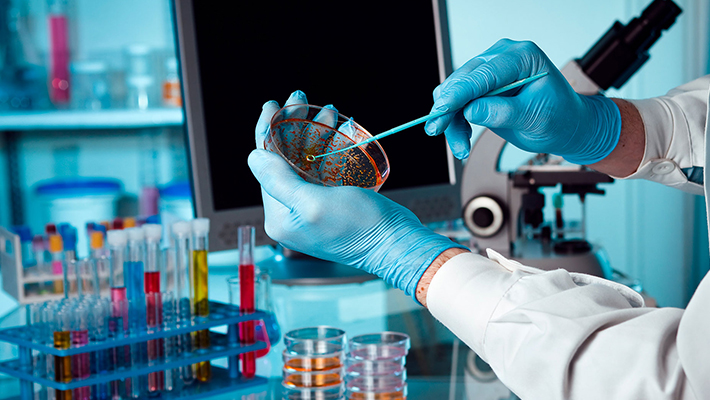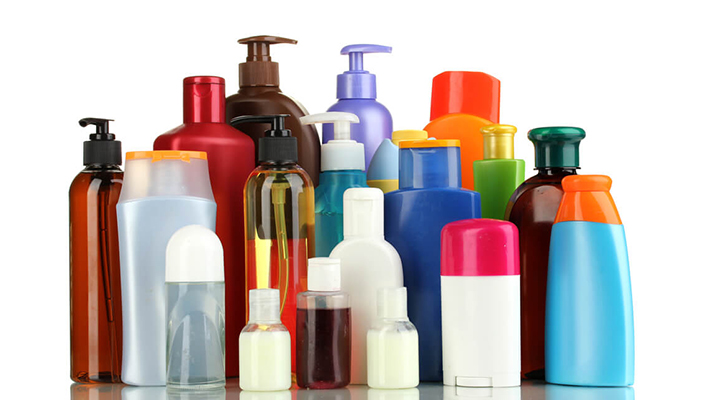
Last Monday, October 3, the Resolution of the Collegiate Board of Directors (RCBD) [Resolução da Diretoria Colegiada – RDC] 752/2022 came into force, which provides for the regularization of personal hygiene products, cosmetics, and perfumes. This is the first in a series of steps toward the adequacy of these types of products. For the purposes of new regularizations and labeling changes, the measures are already in effect.
The standard defines the technical requirements and procedures for regularization, labeling, and packaging, as well as these products in relation to microbiological control. To solve these doubts in relation to this control, provided for in article 28 of the RCBD (RDC), and to reduce the time of analysis, Anvisa published a Technical Note 31/2022/SEI/GHCOS/Dire3/Anvisa.
The note provides guidance on compliance with the mandatory technical requirement “microbiological criteria”, clarifying the need to present:
- Data related to the microbiological criteria, in the case of a product susceptible to microbiological contamination, must meet the microbiological control parameters present in Chapter V, of RCBD (RDC) 752/2022; or
- Technical justification demonstrating the reasons why the product has low susceptibility to microbiological contamination, in the case of a low susceptibility product, suggesting the use of ISO 29621:2017 Cosmetics-Microbiology Guidelines for the Risk Assessment and Identification of Microbiologically Low-risk Products, and its updates, in addition to the scientific literature relevant to the topic.
Given this reason, companies must prepare to make the necessary adjustments. Anvisa requests special attention for the productive sector, in addition to the guidelines contained in the technical note, to the following cases:
- Regularization of new products or petitions to change the labeling of products already regularized: if they are filed as of 10/3/2022, they must already comply with the new standard in full;
- Labeling: the changes promoted by the Resolution refer mainly to the mandatory warnings contained in Chapter IV;
- Products already regularized, as well as those filed up to 10/2/2022: the RCBD (RDC) sets the deadline until 10/3/2025, for the complete adequacy of the labeling (art. 49).
Which products are fit for this category?

Personal Hygiene Products, Cosmetics, and Perfumes are preparations made up of natural or synthetic substances, for external use in different parts of the human body, skin, hair system, nails, lips, external genitals, teeth, and mucous membranes of the oral cavity, with the sole or main purpose of cleaning them, perfuming them, altering their appearance and/or correcting body odors and either protecting them or keeping them in good condition. They are divided into Grade 1 and Grade 2.
Grade 1 products are personal hygiene products, cosmetics, and perfumes that are characterized by having basic or elementary properties, the proof of which is not initially necessary and do not require detailed information as to how to use them and their restrictions on use, due to the product’s intrinsic characteristics.
Grade 2 products are personal hygiene products, cosmetics, and perfumes that have specific indications, whose characteristics require proof of safety and/or efficacy, as well as information and care, how to use it, and its restrictions.
The criteria for this classification were defined according to the probability of the occurrence of undesired effects due to the inappropriate use of the product, its formulation, purpose of use, areas of the body to which they are intended and the precaution to be observed when using it.


